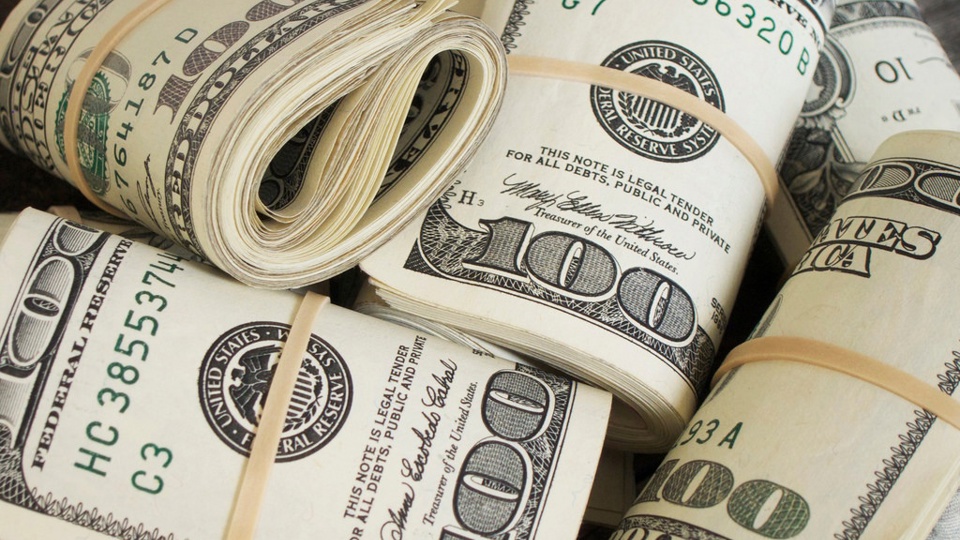Three Things You Need to Know About Die Cutting Costs

Die cutting costs are driven by the materials that you choose, the equipment that your die cutter uses, and the way that your die cut parts are presented for assembly. In this overview article, the first in a series from JBC Technologies, you’ll learn which questions to ask yourself about each of these three factors. Future blog entries will cover material selection, equipment usage, and parts presentation in greater detail. Through a case study, you’ll also learn how one company reduced its die cutting costs.
Material Selection
Are you using the right material for your die cut products? To answer this question, you’ll need to discover whether newer technologies are available. If there are higher-performing materials that you haven’t seen, now is the time to learn about them. You can also reduce your die cutting costs by choosing a less expensive material that performs as well as your current selection. To avoid paying too much, however, it’s worth determining if your current die cut material is over-engineered for your application.
Equipment Usage
Are your parts being converted on the right equipment? You may be able to save money if there’s a faster, more efficient press that can produce your parts more efficiently and less expensively. If your die cutter is using the wrong press, then your dies may cost more than they should, too. Equipment usage can also affect your bottom line in other ways. If a vendor is using the wrong die cutting equipment, then the accuracy of your parts may suffer and result in rework, material waste, or other inefficiencies.
Parts Presentation
Are your die cut parts presented properly for assembly at your facility? To answer this question, you’ll need to determine if a feature can be added that will make your die cut parts faster-to-install or easier-to-use. For example, could your die cut parts use a pull tab? Die cut parts that are kiss cut and left on a roll can also help to reduce expenses related to die cutting costs. Individual die cut parts can be kiss cut and left on a pad, too.
Learn More about Die Cutting Costs
We hope you’ve found this overview article to be helpful and invite you to return to the JBC Blog to learn more about die cutting costs and material selection, equipment usage, and parts presentation. JBC will share a case study, too. In the meantime, what questions about die cutting costs do you have? To talk to our Sales Team, contact JBC Technologies.